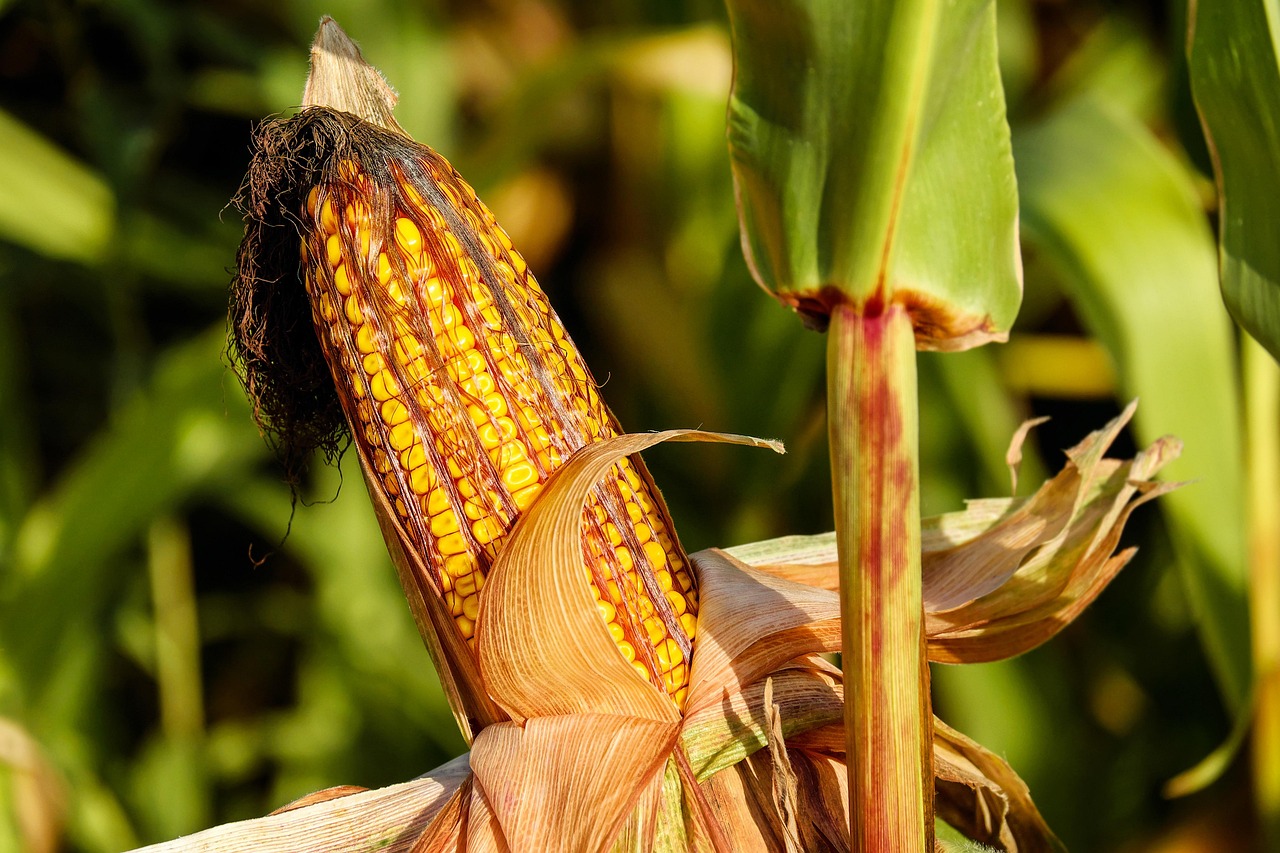Lawn chemicals, especially those with 2.4-D (2.4-Dichlorophenoxyacetic acid), are linked to two types of cancer, which are found in dogs. The studies conducted have found that lawn chemicals also get into neighbouring lawns and households and their presence has also been recorded in dog urine of the dogs, whose owners do not use these lawn chemicals.
Canine cancer & lawn chemicals
Studies conducted at the Tufts University School of Veterinary Medicine have shown a link between pesticides and malignant lymphoma in dogs. Using targeted pesticides brings a 70% higher risk of CML (Chronic myelogenous leukaemia). A number of studies have also found that herbicides contribute to malignant lymphoma in dogs. The studies have also discovered that herbicides that contain 2.4-D and are used 4 times or more per year, double the risk of CML.

The studies from 2013 show that herbicide 2.4-D and other lawn chemicals have recorded a significantly higher risk of bladder cancer in dogs. Thanks to their genetic predispositions, some breeds, including Beagles, Scottish Terriers, Shetland Sheepdogs, West Highland White Terriers, and Wire Hair Fox Terriers, are more susceptible to bladder cancer.
The period for limiting the movement of animals on the surfaces treated with these chemicals has not been defined. The chemicals can be inhaled into the body or they can come into contact with the skin. The studies have shown that chemicals were found in the urine of 14 out of 25 dogs before the lawn was treated with chemicals and in 19 out of 25 dogs after lawn treatment.
Source: https://academic.oup.com/jnci/article-abstract/83/17/1226/1020991, www.ncbi.nlm.nih.gov/pubmed/23584031, www.ncbi.nlm.nih.gov/pmc/articles/PMC3267855/




